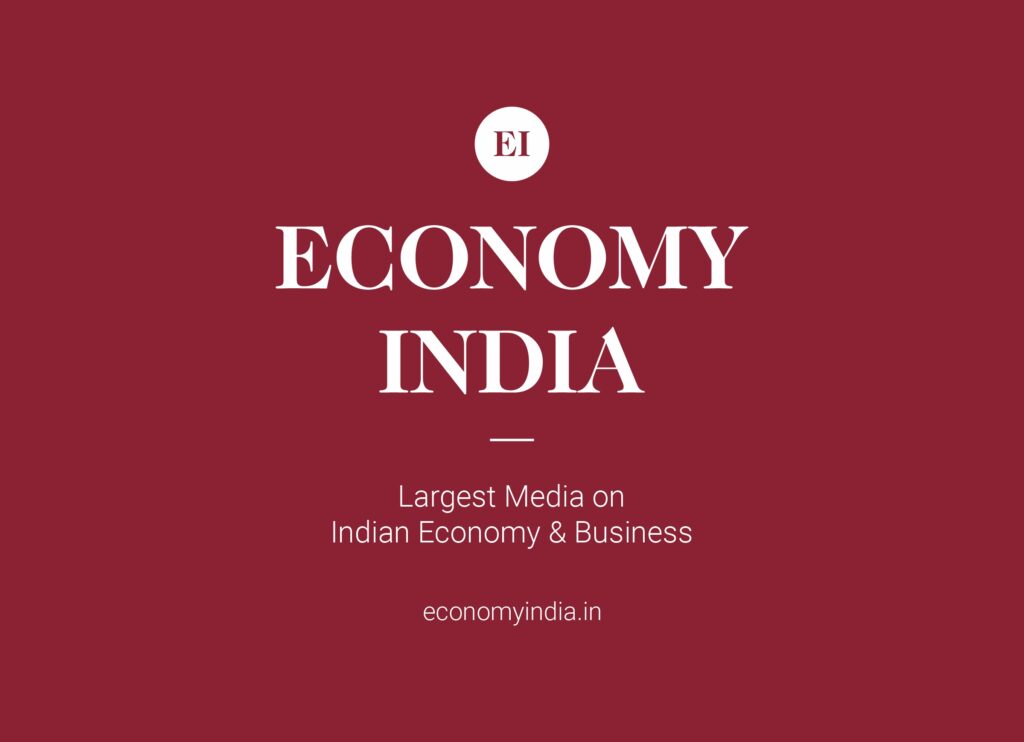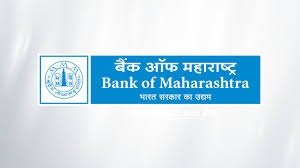New RBI-backed framework to streamline claim settlements, enhance transparency, and empower customers — Bank account holders can now nominate up to four individuals from November 1, 2025.
New Delhi ( Economy India ): In a significant reform to promote transparency, efficiency, and fairness in India’s banking ecosystem, the Government of India has announced a new rule enabling all bank account holders to nominate up to four individuals for their bank accounts. The new provision will officially come into effect from November 1, 2025, the Ministry of Finance confirmed in an official press release issued on Thursday.
This decision marks one of the most customer-friendly changes introduced in recent years, aiming to simplify the claim settlement process after the demise of an account holder and to ensure equitable distribution of funds among legitimate heirs.

New Banking Nomination Framework: Key Highlights
Under the revised framework, account holders across all banks — public sector, private sector, cooperative, and regional rural banks — will now enjoy the flexibility to nominate up to four persons instead of one, as per the existing system.
Each nominee’s share in the claim can also be clearly defined at the time of registration, allowing account holders to distribute their bank balance according to their wishes.
For instance, an individual could allocate:
- 40% share to the spouse,
- 30% to a child,
- 20% to another family member, and
- 10% to a dependent relative or caretaker.
This move aims to reduce the legal and procedural complexities faced by families while accessing bank funds after the death of the account holder.
A Step Toward Greater Transparency and Efficiency
According to the Finance Ministry, the updated system will ensure that claims are processed faster and funds are transferred to rightful beneficiaries without disputes.
“The new multi-nominee framework will make the claim settlement process more transparent, uniform, and equitable. It minimizes potential conflicts among heirs and promotes fairness in fund distribution,” the Ministry said in its statement.
This initiative is a part of the government’s larger effort to modernize the banking system and align it with the Digital India and Ease of Doing Business vision.

Digital Process for Adding or Updating Nominees
To make the process simple and customer-friendly, the government has directed banks to provide both digital and physical options for adding or updating nominees.
Customers will be able to:
- Add or modify nominees through online banking and mobile apps.
- Authenticate nominee details via Aadhaar-based verification for identity assurance.
- Submit offline nomination forms at branches, particularly in rural and semi-urban areas.
Banks will soon update their internal systems to support multiple nominee registration. The Reserve Bank of India (RBI) will issue detailed implementation guidelines to ensure smooth rollout across institutions.
Uniform Policy Across All Banks
Previously, the number of nominees and procedures for claim settlement varied across banks, often leading to confusion and disputes. Under the new rule, a single uniform nomination policy will be applicable to all scheduled and non-scheduled banks.
The reform also covers different types of accounts, including:
- Savings and current accounts
- Fixed and recurring deposits
- Joint accounts (with clear nomination hierarchy)
- Senior citizen and pension accounts
What Happens to Existing Nominations?
Existing account holders who have already nominated one person will be allowed to update their nomination details from November 1, 2025, to include up to four nominees.
Banks are expected to begin customer outreach campaigns to inform clients about the new facility and help them complete the process digitally or through branch visits.
Expert Opinions: A Forward-Looking Reform
The financial industry has largely welcomed the government’s decision, describing it as a progressive reform that strengthens customer rights.
Dr. Ramesh Chand, Senior Economist at the National Institute of Banking Studies, said:
“This is a landmark step toward empowering depositors. Multiple nominations will reduce family disputes and ensure faster access to funds. It aligns with the government’s goal of making India’s financial system more inclusive and trust-based.”
Banking consultant Anjali Mehta added:
“For decades, families faced difficulties in claiming funds after a depositor’s death. With digital verification and flexible nomination, the process becomes both secure and humane.”
Impact on Rural and Semi-Urban Customers
The new nomination system is expected to particularly benefit rural and semi-urban account holders, where documentation and succession often create challenges.
According to sources in the Ministry of Finance, awareness drives will be launched through Gram Panchayats, Jan Dhan centers, and Common Service Centres (CSCs) to help customers update their accounts with multiple nominees.
This aligns with the government’s broader objective of strengthening financial inclusion and ensuring that benefits of formal banking reach every household.
The Way Forward: A Safer Future for Depositors
The government’s decision underscores a commitment to consumer-centric banking reforms. Along with initiatives like the Digital Banking Units (DBUs), Jan Dhan Yojana, and Unified Payments Interface (UPI) expansion, the multi-nominee framework reflects India’s evolving approach to secure, accessible, and technology-driven financial governance.
As the rule becomes effective from November 1, 2025, it is expected to bring a paradigm shift in how Indian banks handle posthumous claims — ensuring that every depositor’s savings are transferred quickly, fairly, and transparently to their intended beneficiaries.
Economy India Analysis: Strengthening Trust in Banking
The multi-nominee rule is more than an administrative change — it is a trust-building measure that strengthens depositor confidence in India’s banking system. By providing flexibility, clarity, and digital ease, the government has addressed a long-standing gap in the country’s financial structure.
As India moves toward a $5 trillion economy, reforms like this represent the foundation of a robust, customer-oriented financial ecosystem — one that values transparency, inclusion, and security equally.
(Economy India)












